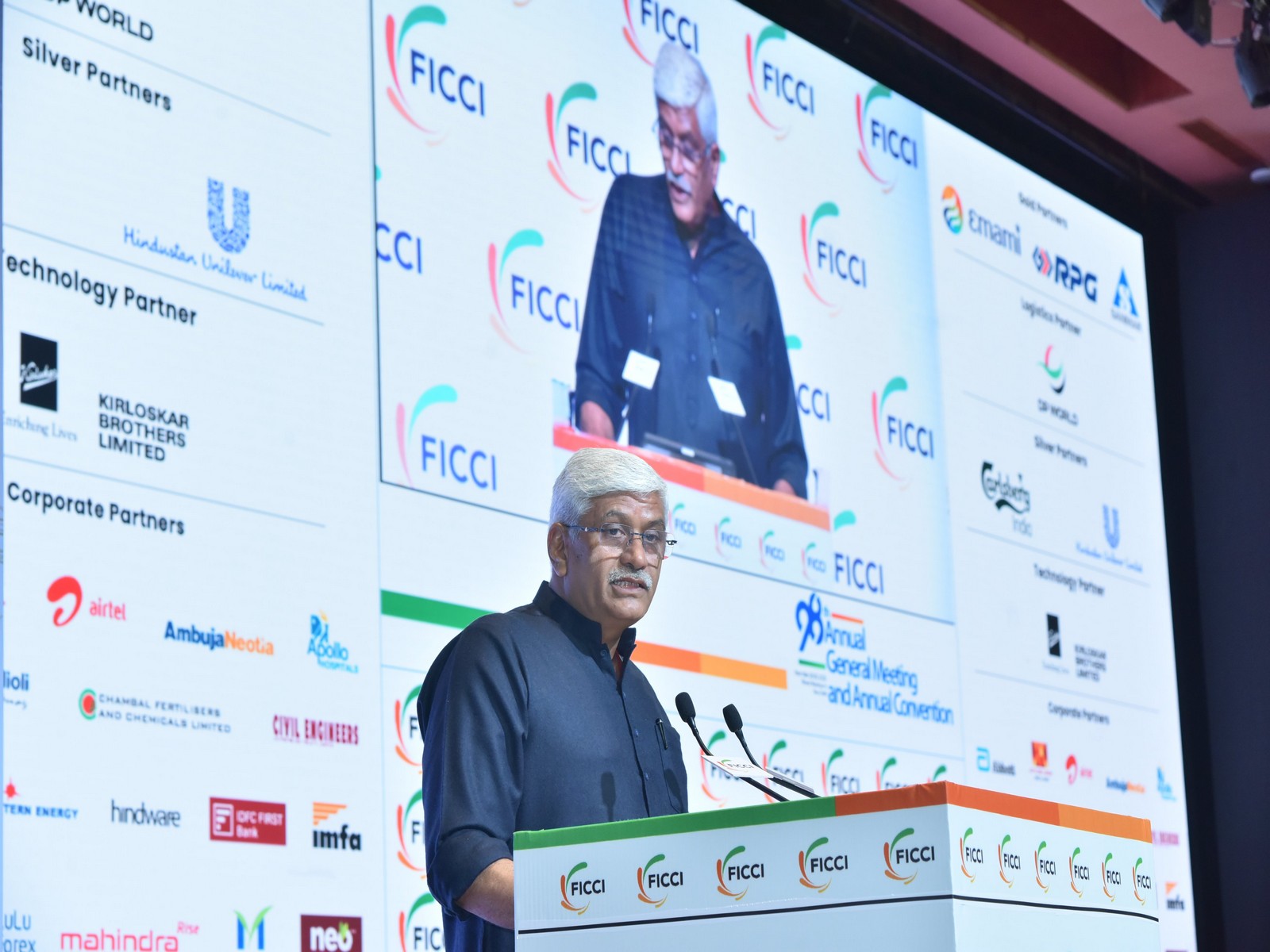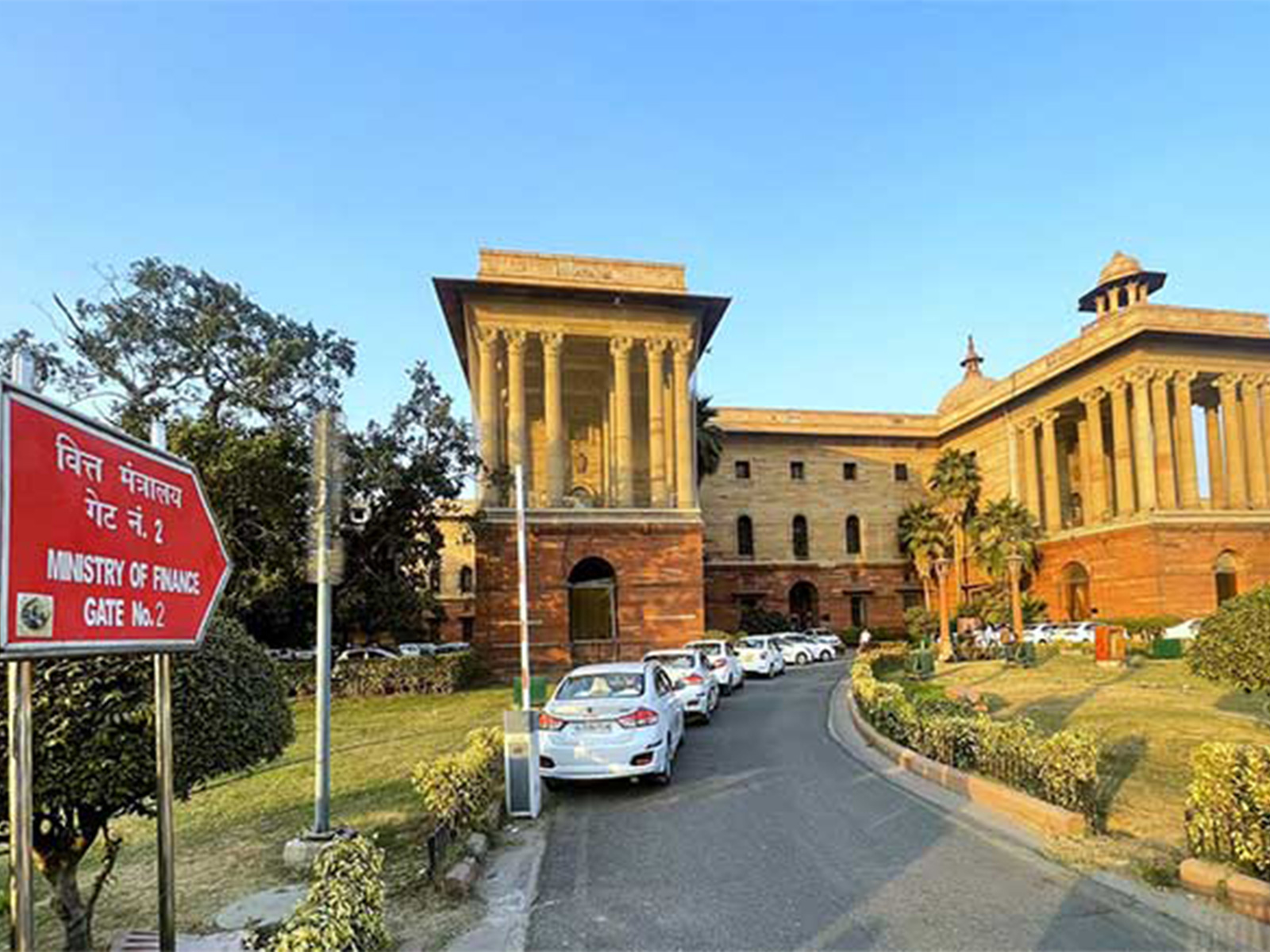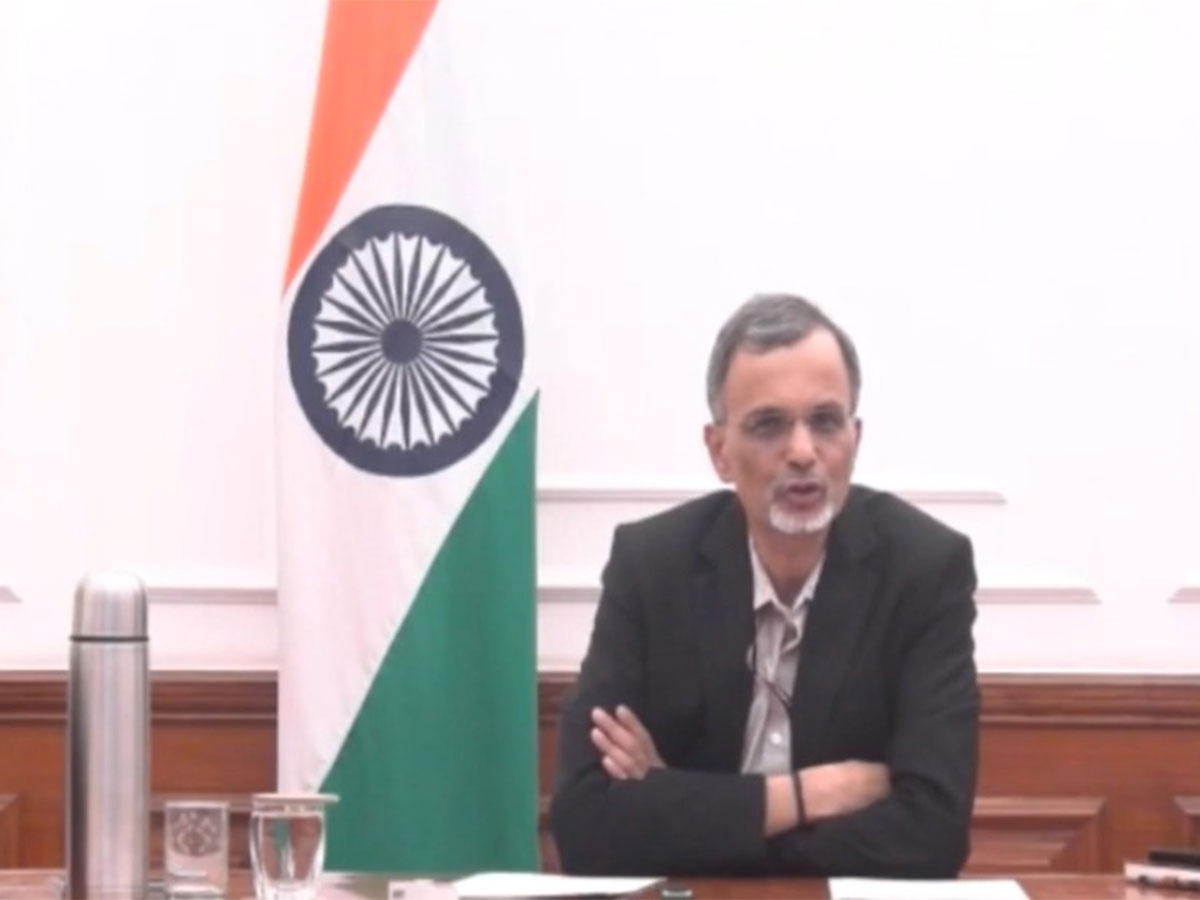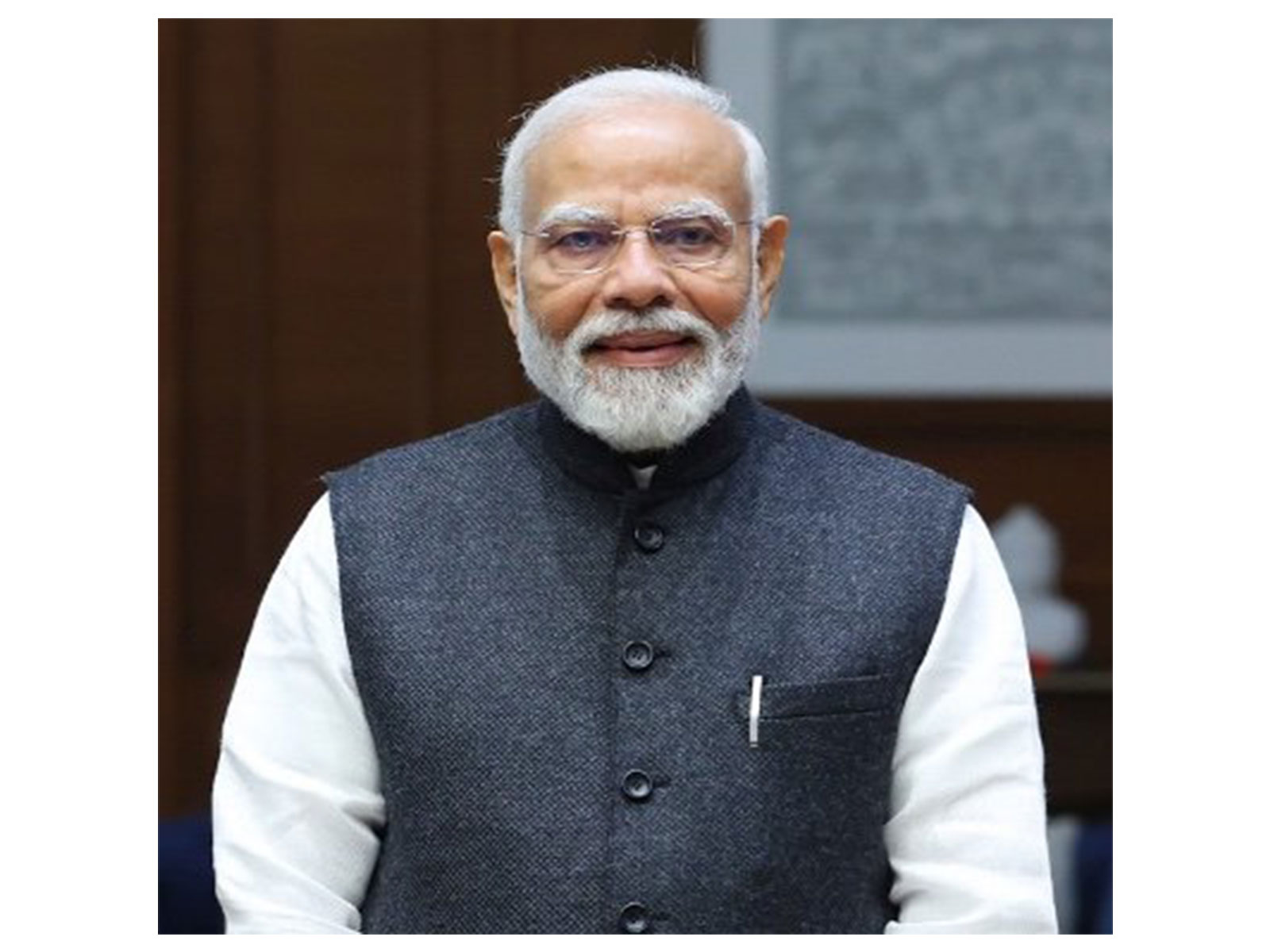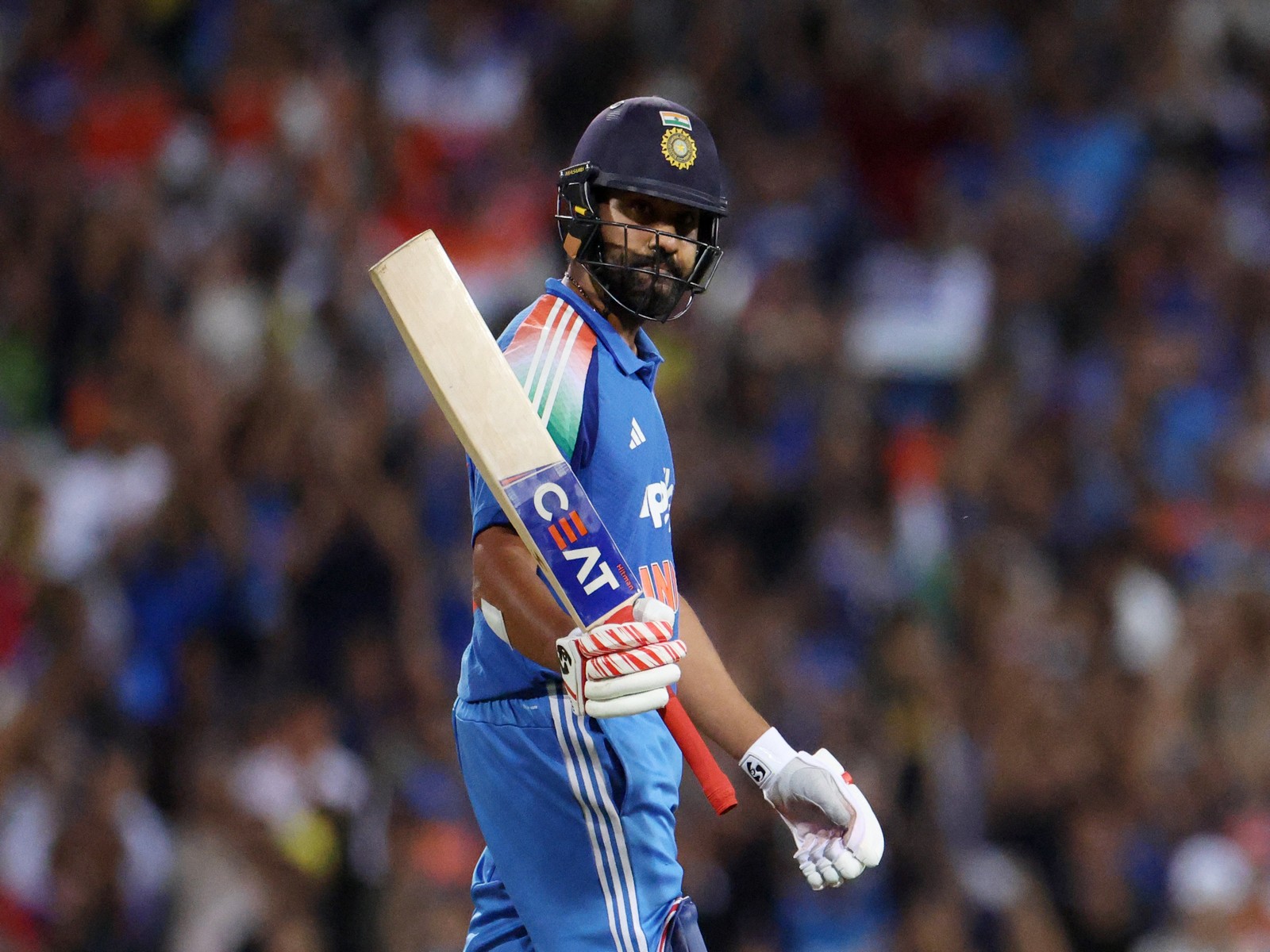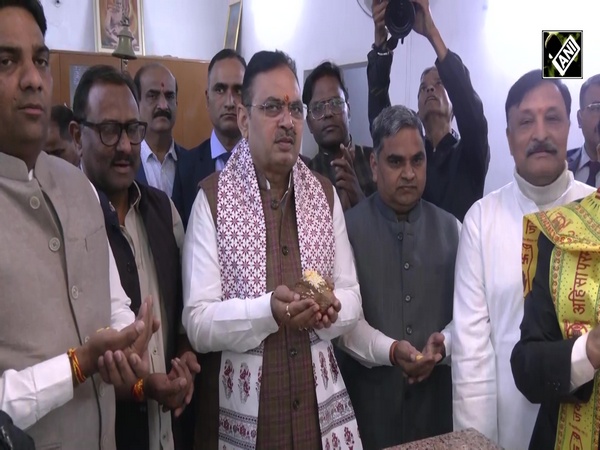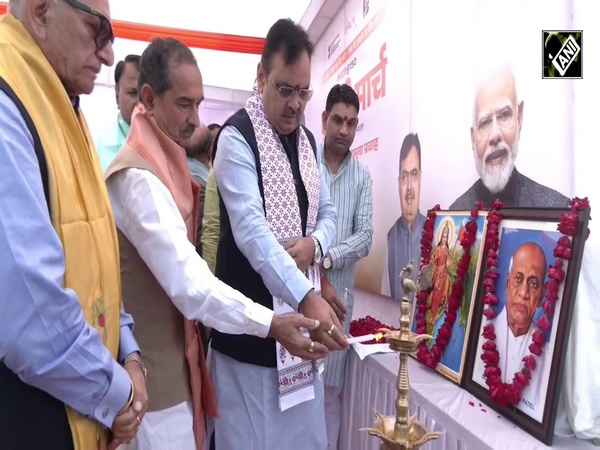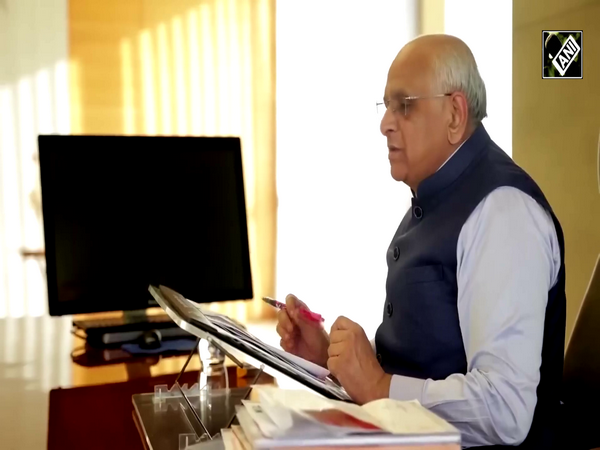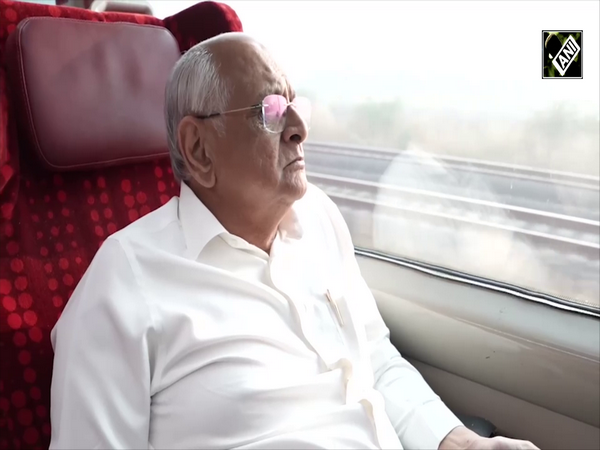Need to replace Sputum Smear Testing to identify "Missing Millions" TB Suspects
Jan 18, 2022

New Delhi [India], January 18 (ANI/NewsVoir): Despite the extensive work to eliminate TB after WHO declared an emergency nearly 25 years ago, we have still not been successful in stopping it. The DALY, approximately 1125 per one lakh population indicates very high loss of productivity leading to a huge economic loss.
Total incidence numbers are rising at the rate of 299 per one lakh and is amongst highest in the neighbouring countries with the mortality rate at 30 percent. Total number of deaths is increasing and more than 20 million patients remain undiagnosed in India, making it clear that there is dire need to improve TB management in India.
WHO global report estimates that 10 million people developed TB in 2020 and only 5.8 million people were diagnosed and reflected 18 percent decline in cases from 2012.
IIHMR University, Jaipur in association with Consocia Advisory along with technical support from NITRD Copenhagen Consesus Center, Human Diagnostics GNBH recently hosted a session on meeting India's target of TB eradication by 2025. The webinar commenced with a welcome address by Dr. Sheenu Jain, Associate Professor, IIHMR and saw the participation of committed economists, doctors, scientists and policy makers who spoke about eradication of TB in India and abroad. The session was moderated by Dr. Manorama Bakshi, Head, Health care and advocacy vertical, Consocia advisory.
Dr. Bjorn Lomborg, President, Copenhagen Consensus Center and world-renowned Cost Benefit Analyst talked about their work in several areas including like climate health, HIV while highlighting their current focus on prioritizing the sustainable development goals. "Soon we will come out with much new research showing where can you spend resources and how TB is one of the best investments in the world. We have found that for every dollar spent, there will be $43 of social benefits. After doing the cost-benefit analysis, we found that latent TB screening will cost about $1,600 per case of TB found; if it is drug sensitive, it costs fairly little. However, if its multi-drug resistant, it will cost a lot more. But it is also fewer people in total," Lomborg said. The Copenhagen Consensus Center found that treating almost everyone and making sure that almost nobody dies would cost about 8.1 billion annually, which is more than what's being spent right now.
Responding to a question by Dr. Bakshi on how Copenhagen Consensus Center plans to inform policy makers and disseminate the research to make larger impact, Dr. Razvi, Senior Research Economist at the Copenhagen Consensus Center said that they have had multiple conversations with policymakers, decision makers from the government, multilateral and bilateral organizations as well as national media that are working in this area and are currently engaging with Global Fund to stop TB.
The Government of India (GOI) had announced the political will to achieve the goal of TB eradication by 2025 - 5 years ahead of the Sustainable Development Goals 2030.
"While COVID-19 has slowed the pace of reaching the goal of TB eradication GOI is even more committed to this noble goal," said Dr. Ravindra Kumar Dewan, Director, National Institute of Tuberculosis and Respiratory Diseases. He said according to the WHO Global TB report 2021, none of the 2022 TB targets are likely to be met, given the devastating impact of the pandemic.
Dewan added, "While the report shows the decline in TB incidence achieved in previous years have slowed almost to a halt, this trend will be much worse in 2021 and 2022, driven by the ongoing variants of Corona, however, the Government remains steadfast on its goals." Dr. Dewan also spoke about the initiatives of the Government in strengthening TB Program through new policies, strategies and approaches. "Early case detection is vital to interrupt the transmission of TB disease," Dewan said adding how TB elimination is directly related to the larger goal of poverty eradication.
According to Dr. Arvinder Singh, Country Manager, India Region, HUMAN Diagnostics, "Diagnostics remains a very critical area so far as reducing the chain of transmission of TB is concerned. In the last seven years, the sector has come up with a lot of molecular platforms in identification of TB disease both in public and private sector. Overall, we look forward to having efficient, approachable, affordable and accessible technology like molecular testing to reach the last mile to find out the missing milestones."
Dr. Singh stressed about TB-LAMP which uses molecular testing has been recommended by WHO, and it has undergone global validations too, and is part of the NEDL. NGIVD, a MedTech startup based in Gurgaon, has already received the approval from ICMR for commercialization in India for the private sector and is actively considering to use TB Lamp in national TB control program.
Dr. Praveen Aggarwal, Co-founder of Consocia Advisory concluded by highlighting the need for putting appropriate "value" to each life and making proportional national investment to eradicate TB, create PPCPs, bringing new techniques, new management, new treatment regimen, and Technology led smart and affordable solutions to remove most of the barriers such as TB-LAMP in order to fulfil Prime Minister Narendra Modi's commitment. While stating that target of 2025 is 100% achievable, Aggarwal emphasized joint efforts to remove the biggest barrier - early diagnosis - and how technologies like TB Lamp which are far more superior to commonly used diagnostic test like Sputum Smear should be deployed at PHC, CHC and Health and Wellness Centers across India.
Over 600+ participants, experts, health care professionals, policy makers, NGOs and consultants across India and Globe joined us for the webinar.
This story is provided by NewsVoir. ANI will not be responsible in any way for the content of this article. (ANI/NewsVoir)
